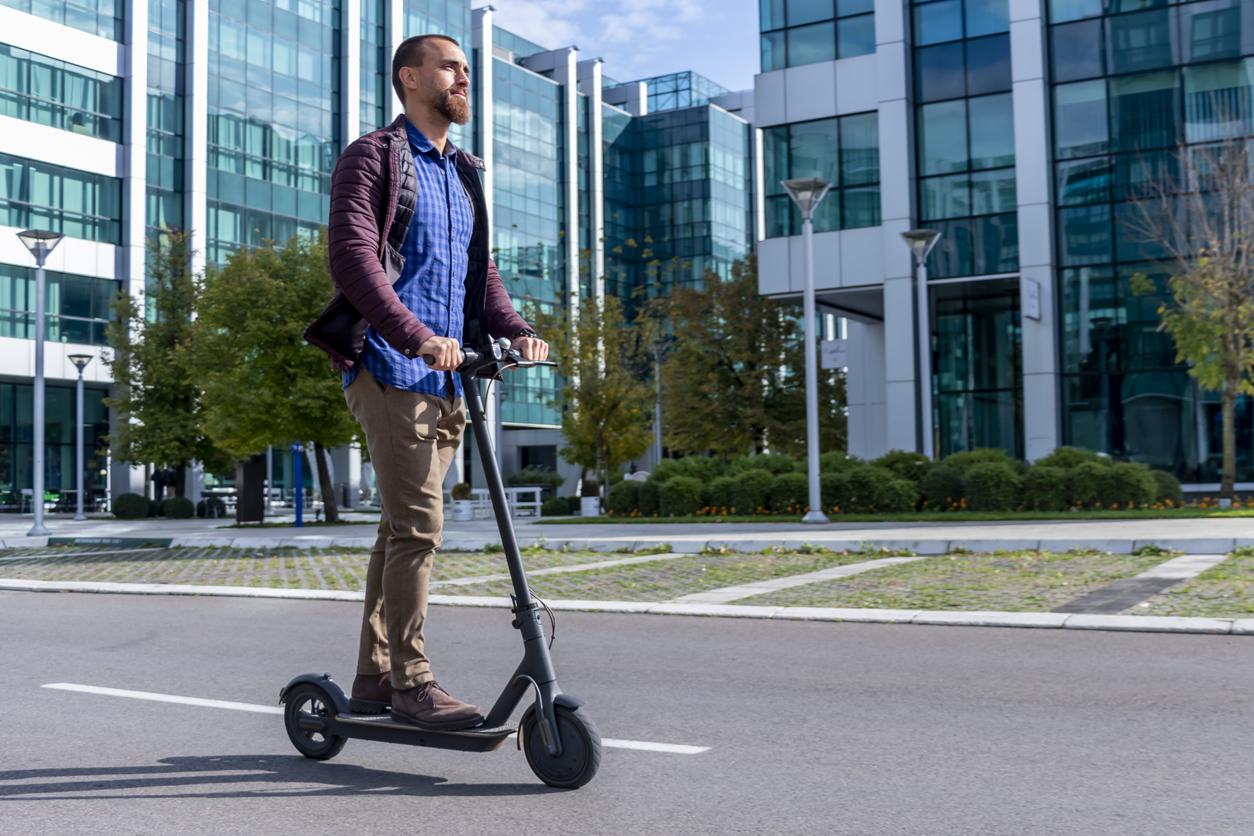A bicycle helmet is ugly and restrictive… But it can save lives. 59 cyclists died and 963 were seriously injured in 2010. Two-thirds of those injured in the life-threatening condition have head trauma. These figures given by Inserm call out: could these victims have been avoided by wearing a helmet? It is to prevent these accidents and raise awareness of the use of bicycle helmets that the National Institute for Health and Medical Research (Inserm) has set up a behavioral survey.
The researchers studied the impact of two strategies for promoting the wearing of helmets among 1,800 cyclists in Bordeaux and its metropolitan area. Between a brochure and a free helmet, what is the best solution to encourage users to put on their helmets? Neither has proven effective, the researchers found. >> Read also: 5 reasons to get on a bike
“The promotion of helmets among cyclists is difficult”
Participants aged 18 to 75 did not feel very concerned. However, everything had been done to make them change their behavior. They first answered a questionnaire on their practices and opinions regarding bicycles and helmets. They were then divided into 4 groups: the first received a brochure promoting the wearing of helmets; the second a free helmet; the third the brochure and the helmet; and the last group had received nothing. A colored sticker was then placed on their mudguard in order to “detect cyclists, measure their speed and identify those wearing or not wearing a helmet”, explains the” Inserm on its website.
At the start of the experiment, participants who received a helmet 8 times more often than others. Then the goodwill evaporated. “After four months, no difference was observed between the different groups: the majority of cyclists abandon the helmet,” explained Emmanuel Lagarde, Inserm research director, author of this study. As for the brochure, its distribution had no persuasive effect.
These results are not very encouraging for researchers who say that “pressure from the environment” plays an important role in a cyclist’s decision to wear a helmet. Prevention should therefore go through “easy access to helmets, parental education and communication on the preventive value of wearing a bicycle helmet”, concludes Inserm.
One question remains unanswered: to encourage cyclists to wear helmets, shouldn’t we start by designing a little more glamorous models? >> To read also: Sport: 5 tips to stay motivated

















